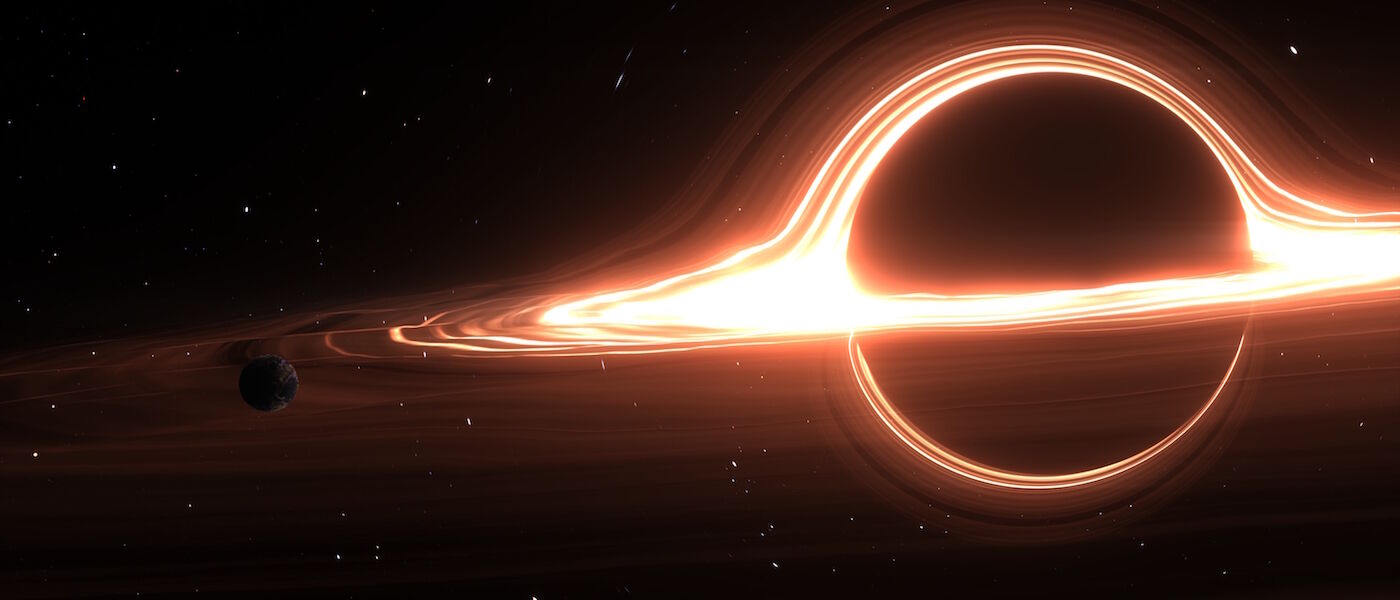A new way to detect black holes?

Black holes are, simply put, weird objects. But a team of Japanese astronomers may have at least found an easier way to detect them.
According to newly released research, there may be an intermediate mass black hole hiding right here in our own galaxy, around 30,000 times the mass of our Sun. The researchers at the National Astronomical Observatory believe they detected the black hole by watching a cloud of interstellar gas orbit around it – and when they saw no object causing its motion, they concluded it must swirling around a black hole!
This exciting discovery could lead to the finding of more black holes this size in our galaxy.
So what exactly are intermediate mass black holes? Astronomers categorize black holes based on their mass. The smallest black holes are called stellar-mass black holes, ranging from five times the mass of our Sun to about 100 times. At the other end of the spectrum are supermassive black holes, ranging from a few hundred thousand up to 10 billion times the mass of our Sun.
Right in the middle, we’ve got intermediate mass black holes, ranging in mass from a few hundred to about 100,000 times the mass of our Sun. These are, to this point, the most difficult kind of black hole to find, perhaps because they seem to be much rarer.
Interested in learning more about black holes? Join us this Friday, March 8 at our first Friday Nights @ LSC event. We will be joined by black hole expert Dr. Jenny Greene, professor of astrophysical sciences at Princeton University. Stop by her lecture at 8:00 pm in the planetarium! It’s free with general admission.
